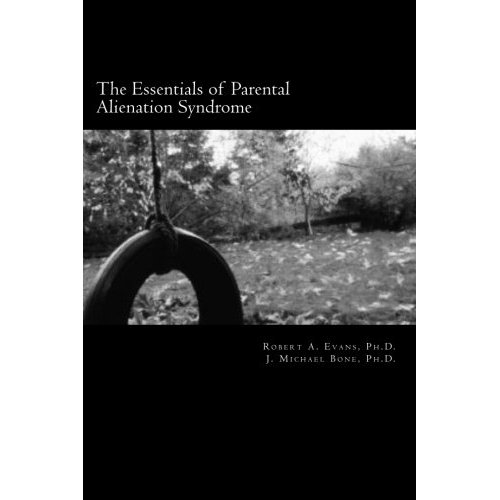Continuing with our discussion on the varying levels of Parental Alienation (PA), this week we look at Mild Cases of PA.
All of the symptoms from the Campaign of Denigration to the Spread of the Animosity to the Extended Family and the Friends of the alienated parent are going to be at a minimal level. One does not typically see all of the symptoms at this level, only some of them. The amount of complaining about a targeted parent will be at a minor degree.
 At the Mild level transition difficulties for visitation are usually absent. The child frequently maintains their relationship with both parents. The behavior during visitation is normal, acceptable and there aren’t any major behavior problems that have been fueled. There is a bonding with the alienating parent and that is usually fairly strong and healthy at this stage. One will begin to see attempts to put the targeted parent in a peripheral role in the family by the other parent. On the legal side, you will begin to see problems with visitation.
At the Mild level transition difficulties for visitation are usually absent. The child frequently maintains their relationship with both parents. The behavior during visitation is normal, acceptable and there aren’t any major behavior problems that have been fueled. There is a bonding with the alienating parent and that is usually fairly strong and healthy at this stage. One will begin to see attempts to put the targeted parent in a peripheral role in the family by the other parent. On the legal side, you will begin to see problems with visitation.
You will begin to see visitation that is not being kept. You will start to possibly see injunctions being filed. A therapist may begin to notice the alienation process showing up in other ways. The targeted parent may come into your office, even though their children are still connected to them, but start telling you about visitations that didn’t happen.
As the process of alienation matures, we will begin to see other symptoms cropping up. A pattern may emerge; a beginning of an imbalance. It is beginning to tip just a little bit this way and that way.
Like most disease processes, it is most difficult to detect in the earlier stages, but if it is caught early, it can be extremely advantageous to the children, as opposed to trying to address it later on.



I am currently facing this issue. She has been keeping my daughter from me. Thanks for the advise and information. I am happy to share this with other alienated Fathers. Thanks for helping Stop the abuse.